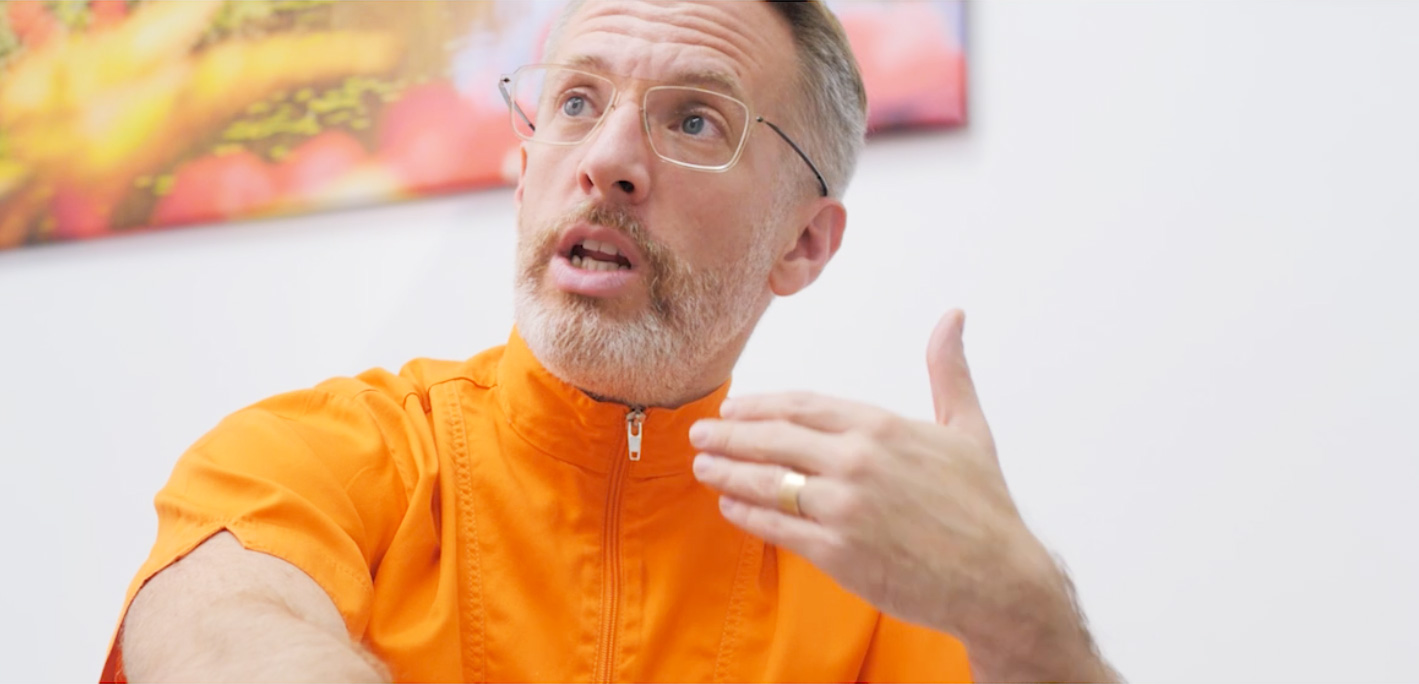Plan and prepare
Ben Atkins BDS, President of the Oral Health Foundation, explains how the profession can get back to dentistry with the help of strict processes and low risk procedures.
When I owned my practices in Manchester, we dealt with many homeless patients, some of whom had tuberculosis.
Clearly these patients presented a high risk to staff, but as some of the neediest in our society, they were in desperate need of treatment. So to provide care we had a simple but very robust screening process.
In my view, the situation presented by COVID-19, although more widespread, needs the same systematic approach. We need to control the return to practice in a methodical way. If we are reactive, and ‘throw the baby out with the bathwater’, we will quite literally cripple our practices.
Although the current pandemic is affecting many thousands of people, it is not affecting 100% of every dentist’s patients – it is affecting some, but not all. Dentists therefore need to have an effective system that can identify patients with the virus, take account of the needs of the vulnerable and elderly, and continue to treat those unaffected patients in the ‘usual’ way.
Leading the way
HTM 01-05 has given us a fantastic benchmark for cross infection procedures. We are streets ahead of most other countries, including those in Europe, when it comes to having a defined set of regulations that determine the processes we follow, day in and day out, to ensure staff and patient safety.
Taking the lead from other industries and learning from them will also be key when dentistry gets the green light to return to practice.
We should celebrate the fact we already have these advanced processes – but must communicate this fact to patients, who, I am certain, will harbour some fears about returning for dental treatment. We can already see from the statistics, showing a fall in A&E visits and in cancer referrals, that the general public is feeling less confident about attending medical environments and dentistry is likely to be viewed in the same way.
The crucial question to ask is: ‘Is this patient at risk or do they present a risk by coming into my surgery?’
Clearly high-risk patients should not attend, but a ‘low-risk’ patient due for a check-up, with no history of oral hygiene issues, could easily have their check-up delayed for three months, have a telephone call to talk through any particular issues they may be having or receive an oral hygiene video to explain a home oral care regime – it’s all about communication at its most basic level.
Plan the journey
My passion is the business of dentistry. It causes me great concern that dentists may ignore the basics of maintaining communication with patients during this period and will not concentrate enough on the importance of the patient journey – including the stages before they actually attend the practice.
Start to plan now for which patients you want to see and which treatments you can comfortably perform without aerosol, or perhaps under rubber dam.
Identify which of your patients fall into a high- or low- risk group and importantly do some research about the treatments that are allowable in other countries.
The Australian Dental Association for example has released a list of treatments that can be performed on ‘low risk’ patients. These include examinations, simple non-invasive fillings without the use of high-speed handpieces, restorative procedures using high-speed handpieces with the use of rubber dam, hand scaling (no use of ultrasonic scalers), denture procedures, preventative procedures such as the application of topical remineralising agents, and orthodontic treatment.
Feel good dentistry
One non-aerosol generating treatment is whitening, which is, after all, the ultimate feel-good dental treatment.
I believe that following lockdown, lots of people will want to use the money they haven’t been able to spend for several months to spoil themselves, and whitening provides the perfect win:win – for practices and patients.
There is no clinical reason why whitening shouldn’t be able to be performed on patients who would fit the normal criteria for this treatment, as soon as practices are able to re-open. Clinically speaking the impression is the only element which requires close proximity to the patient, and it ticks all the boxes in terms of meeting patients’ demands in a safe and appropriate way.
As clinical professionals it’s time to take a step back and make clear-headed judgements about what procedures are safe and which are going to help your practice return to ‘normality’.
It’s natural for dentists to panic. The revenue tap has been switched off without notice and the whole profession is worried about when they will be able to open their doors again.
But, planning costs nothing – just your time. And through planning you can regain a sense of control over the situation.
By mitigating the risks, selecting safe procedures, communicating clearly with patients and giving reassurance about the measures you are taking to protect them, I believe it’s possible to exit the lockdown with a positive mindset.
SDI is offering a FREE ‘Back to Practice’ whitening toolkit to all dentists. Simply email [email protected] and request your pack.
Follow Ben Atkins @dentalben and SDI at sdidentaluk on Instagram and receive a pdf copy of Ben’s patient journey to help you develop a journey of your own.



